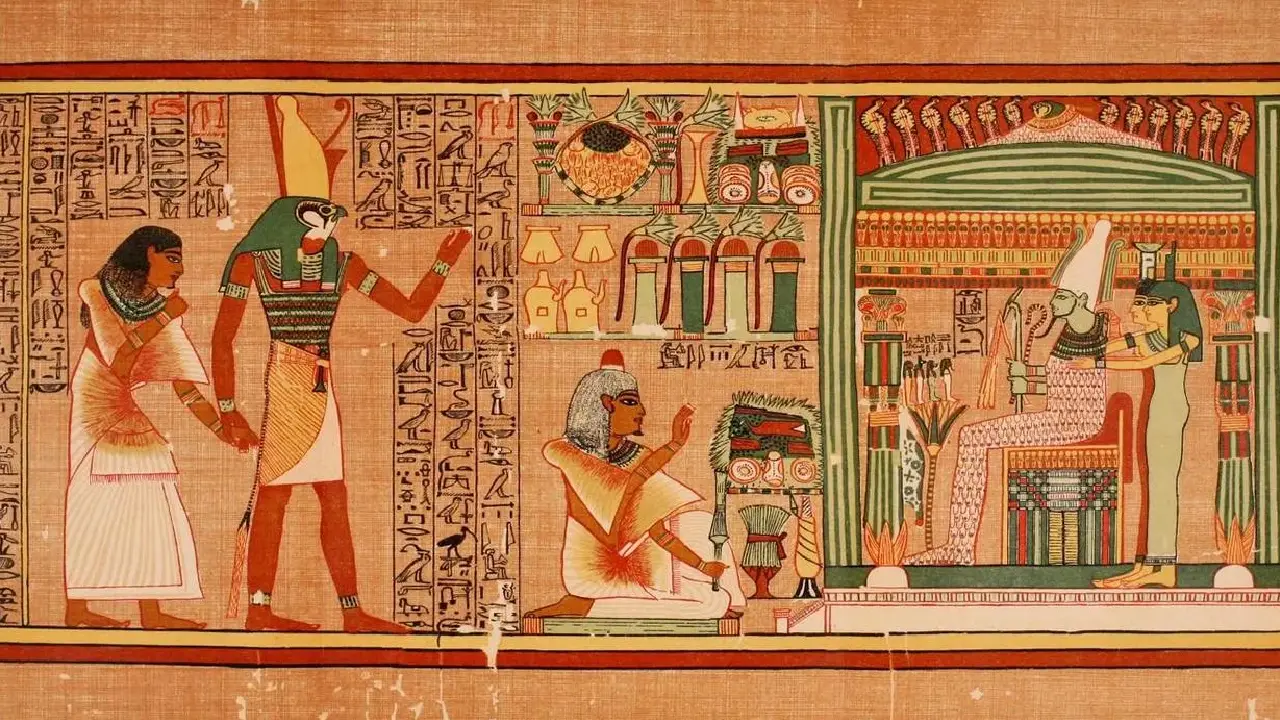A groundbreaking study has revealed the potential of wasabi to revolutionize the preservation of ancient papyrus documents. Researchers at the Grand Egyptian Museum have discovered that wasabi vapor can effectively eliminate fungal growth on papyrus without causing damage to the delicate fibers or altering the pigments.
This innovative approach offers a sustainable and effective solution to the persistent threat faced by these priceless historical relics. Traditionally, preserving papyrus has been challenging due to the susceptibility of the material to biodeterioration. Chemical treatments often posed risks, while physical methods could result in damage. However, wasabi has emerged as a promising alternative.

The study, published in the Journal of Archaeological Science, investigated the efficacy of wasabi vapor on both painted and non-painted papyrus samples. Remarkably, after just 72 hours of exposure to wasabi vapor, fungal contamination was completely eradicated, and the tensile strength of the artifacts improved by 26%. Importantly, the treatment did not alter the color or surface morphology of the papyrus.
The implications of this discovery extend beyond papyrus conservation. Researchers believe that wasabi could also be effective in preserving other organic archaeological materials, such as wood, paper, and textiles. This could revolutionize preservation strategies worldwide, offering a safer and greener alternative to traditional methods.
The study’s findings highlight the potential of natural substances like wasabi to play a significant role in safeguarding our cultural heritage. As researchers continue to explore the applications of this innovative technique, the future of ancient artifact preservation looks increasingly promising.

Leave a Reply